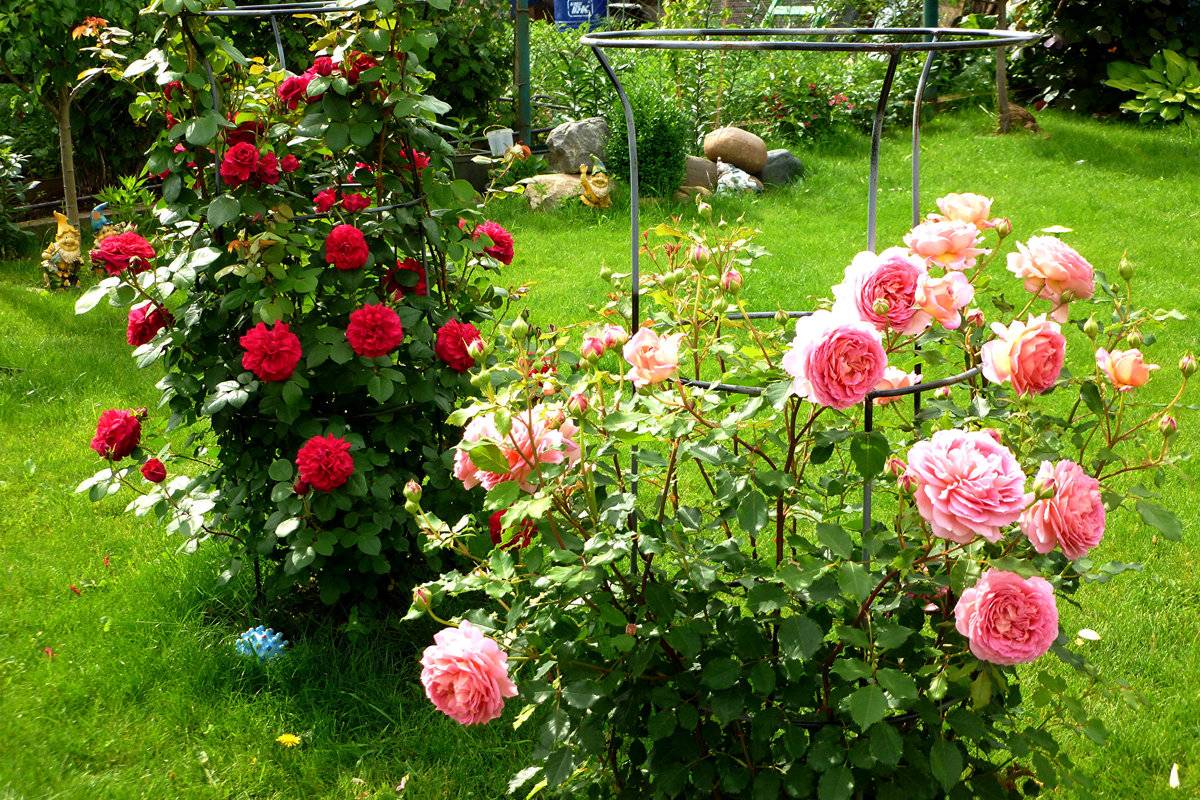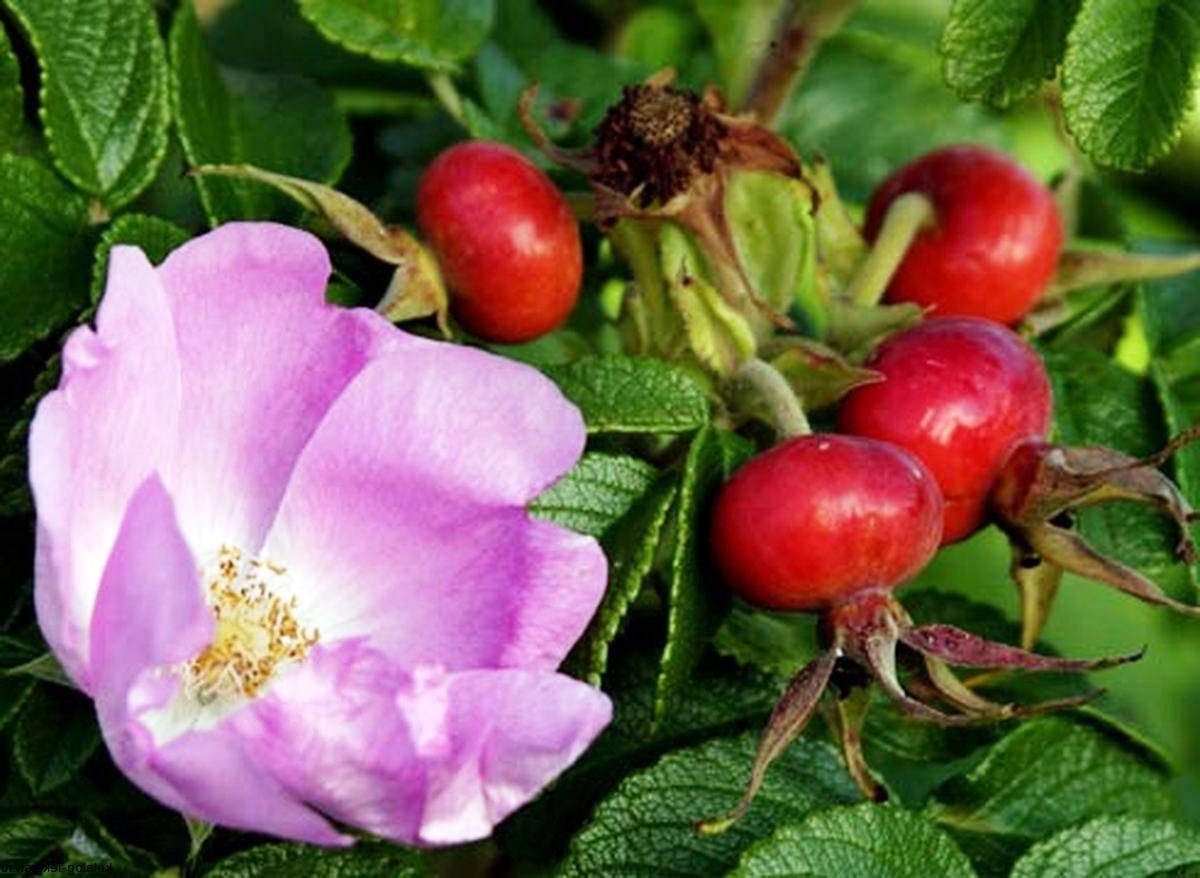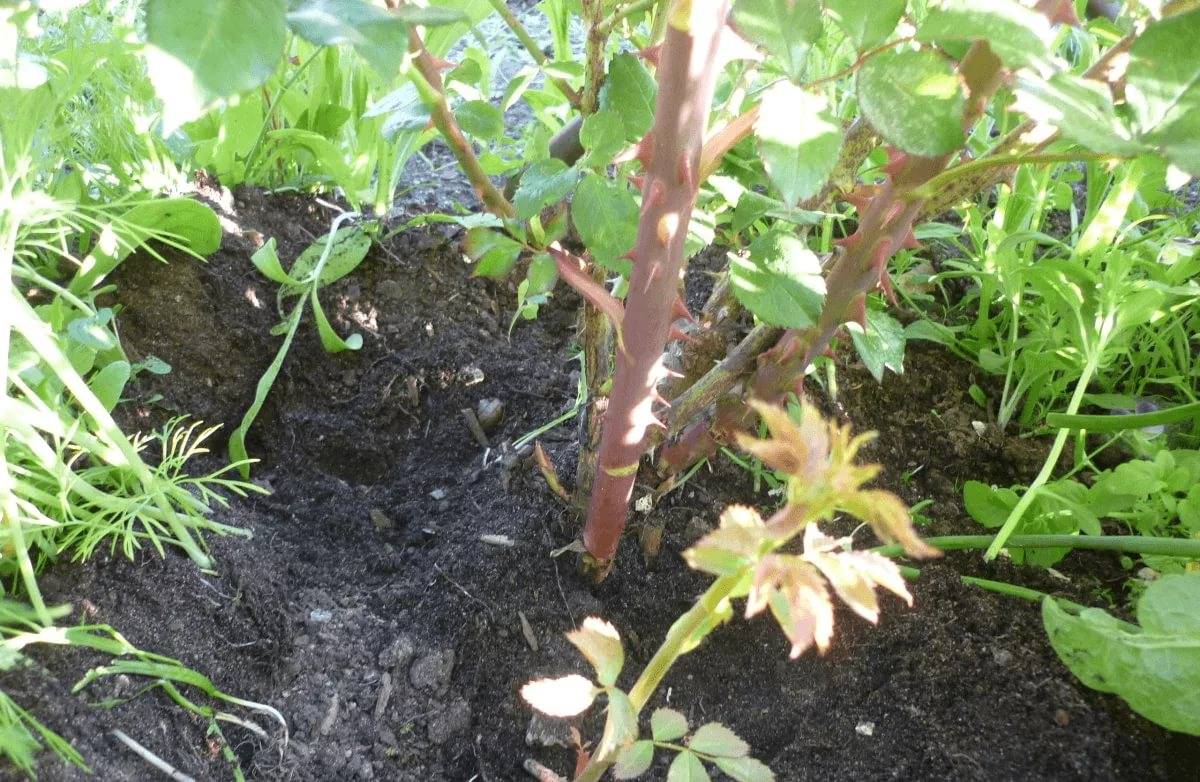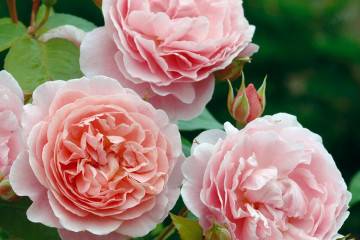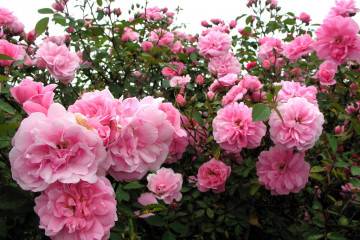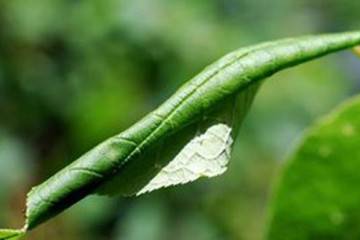Why does a rose turn into a rosehip - how to fix it
Content:
- How to distinguish a rose from a wild rose
- Why does a rose turn into a rosehip
- How to understand that a rose is reborn into a rosehip: the first signs
- How to return the decorativeness of a flower and correct the situation
- What to do to prevent the rose from overgrowing with rosehip branches next year
- What should be the care of a rose so that it does not degenerate into the wild
- Further care of the plant
Rose and rose hips belong to the same genus. These are very similar closely related plants, but the rose, unlike the wild rose, is domesticated, although this does not protect it from the possibility of turning into its wild relative. Why a rose turns into a rosehip is discussed below in more detail.
How to distinguish a rose from a wild rose
A rose is a cultivated rosehip, but if not everyone can distinguish a domestic apricot from a wild one by eye, even seeing the fruits, then with roses everything is easier. Rosehip:
- grows over a large distance in height and width, actively branches;
- has pink, hot pink or white buds.
Rose flower:
- quite often has one central stem and several stems on the sides, as a rule, there are no small branches;
- differs in a variety of color shades (petals can be yellow, red, white, pink, orange and even black).
A dog rose has no more than 5 petals, a rose has dozens of times more of them. Moreover, they are located in such a way that anyone who wishes can clearly see the yellowish middle of the inflorescence. It is rarely possible to see the core of a rose, the buds of only some species open enough to show the center of the flower. Rose flowers are larger than rose hips.
There are other less obvious differences:
- leaf color. Roses have a glossy dark, rose hips have light, matte leaves. Their size is much smaller;
- shoots. The stem of the dog rose is green and remains so throughout the life of the plant, it may darken. Young roses have reddish shoots and only later become saturated green;
- thorns. Roses have large, but sparse thorns, the rose hips are densely covered with small thorns.
If the rose is improperly taken care of, it runs wild and acquires the characteristics characteristic of a rosehip.
Why does a rose turn into a rosehip
Rose belongs to the genus rose hips and under certain circumstances can become a rose hip, having lost most of the decorative features. But experienced gardeners know what to do if a rose has turned into a rosehip, so they don't panic.
Reasons for the change in appearance
The appearance of the plant changes:
- if the vaccine is wrong. Rosehip is often used for rootstock. It is more hardy than an ordinary garden rose, is not capricious, it tolerates a transplant and a prolonged lack of moisture. But if the thorns of the rose hips remain below the grafting site, then the rose may subsequently look like it outwardly. The flowers will become small and sparse, the stems will elongate and become overgrown with thorns;
- with the wrong selection of stock. Many species of rose hips grow rapidly and are capable of producing new young growth directly from the root. If the rose is not so fertile, then the wild plant will quickly replace the cultivated one. And over time, an ugly and extremely thorny rose hip bush forms in the garden instead of the promised rose;
- if the planting was carried out in violation of the accepted norms for this type of plant. The vaccination site must be deepened. If this is not done, the scion will weaken, it will be displaced by the shoots of the naturally stronger wild rose.Sometimes this effect is observed if the plant did not huddle up and did not cover properly for the winter. A more delicate rose freezes, and the wild rose survives and in the spring gives new shoots, already devoid of decorative properties.
How to understand that a rose is reborn into a rosehip: the first signs
If the rose was bought from hands, and the gardener does not know if the vaccination was done correctly, the plant must be monitored from the first days of planting. This will help not only to detect signs of rebirth, but also to correct the situation.
It is quite easy to understand that soon in place of a bright orange beauty there will be a faded rosehip. In the spring, all plants begin to actively grow and develop. Buds appear on correctly cut stems of a decorative flower, then leaves and buds. He does not give any extra growth. But if something went wrong at the time of planting or during the grafting process, then in the spring young stems appear from under the ground, the already strengthened stems are overgrown with young branches covered with small thorns. Urgent measures are needed to save the flower.
Sometimes signs of degeneration appear already at the time of flowering. Too small and rare flowers, light green leaves instead of dark and glossy - all this should alert the gardener, since it is the first signal that the plant is not developing correctly.
How to return the decorativeness of a flower and correct the situation
You need to buy material for planting in the garden in proven places. There are nurseries and private garden centers. They value their reputation, so the risk of buying a rose in such an establishment, which later turns into a rosehip, is insignificant.
If signs of wildness are already observed, you will have to think about what to do if the rose has grown into a rosehip, how to return the flower to its decorative appearance and prevent further repetition of the situation. What an experienced gardener does in this regard:
- Digs up the vaccination site (you can dig up the bush completely).
- Finds exactly where the shoots have sprouted, from which root.
- Cuts off a young wild shoot at the very base, taking care not to damage the root system.
- Processes the cut with iodine or potassium permanganate solution.
Unfortunately, the situation cannot be corrected in one go. Throughout the spring and summer, you will have to dig out the bush at least 2-3 more times. This is necessary to make sure that there is no new sprout in place of the cut and rot on the cut itself.
In the next season, the procedure will also have to be repeated several times. Young stems can be shown at a distance of 0.5-1 m from the main trunk, they must be constantly uprooted, cutting and removing all excess.
One of the options for saving a rose is to transfer it to its own roots. For this:
- A groove is dug around the trunk.
- The lateral branches of the plant are bent to the ground and sprinkled with nutritious soil.
- The top, left upright, is tied to a peg.
- By the next spring, roots are formed on the layering, the young plant is separated from the mother plant, transplanted to a new place.
During the rain or after the snow melts, the rootstock covered with earth can be exposed.This should not be allowed, the bushes need to be huddled regularly, raking up the ground carried away by rainwater, back. The place of the scion must be protected from sunlight and cold, the rose must be covered for the winter.
What to do to prevent the rose from overgrowing with rosehip branches next year
There are several simple steps that can be taken to prevent roses from turning into rose hips:
- topping. An ornamental plant, planted for the first time on a plot or transplanted to a new place in spring, begins to grow actively. A young shoot that grows too quickly (it becomes higher than the prescribed growth according to varietal characteristics) is pinched on the fourth leaf. Old bushes also need to be pinched. This rejuvenates them, gives them strength for further growth;
- pruning. Regular pruning is needed, it is done several times a year - in the spring before the development of the buds and in the summer. Summer pruning allows you to get rid of the weak and blind, flowerless shoots. A cut is made above the second or third leaf (should rise 0.5-1 cm above the bud), removing faded buds. This is done in early and mid-summer. In August, pruning is not carried out, this provokes the growth of new shoots, which is undesirable on the eve of autumn;
- removing everything that is below the place where the vaccine is located. This will have to be done constantly, several times a year, without waiting for the young stem to stretch out and along with it the life-giving juices it needs will leave the bush. Even a small shoot can turn an ornamental bush into its wild brother in just six months. Young shoots must be removed constantly. At the same time, it is taken into account that this is done from the root collar, and not from the soil level. Otherwise, the bush will immediately give several more shoots.
Standard roses start up young shoots from the trunk. In the spring, you will have to examine it very carefully, cutting out all the stems formed. If such a rose is reborn into a rosehip, then not knowing how to fix the situation, it is better to destroy the entire planting, leaving only the stem with the root.
The plant will have to grow again, it is not worth turning the garden into a forest thicket, especially if half of the plantings have run wild. This is the only way to prevent the appearance of rose hips on the site.
What should be the care of a rose so that it does not degenerate into the wild
To protect yourself from the appearance of a rosehip in the garden instead of a beautiful rose, the gardener needs:
- feed the plants correctly and on a regular basis. The first feeding is carried out at the end of April (here it all depends on the climatic zone). Ammonium nitrate or urea is poured under the bushes, dissolving the fertilizer in water according to the instructions. Each plant should receive at least 1 liter of nutrient mixture. The second feeding is done in June. During the tying of buds, roses should receive as many nutrients as possible. To do this, they are watered with mullein or chicken droppings dissolved in water. At the final stage of flowering, plants should receive a mixture of nitrogen, potassium and phosphorus. In September, the last feeding with kalimagnesia is carried out (20 g per bush is enough);
- water the rose constantly. For irrigation, take settled or rainwater. In summer, up to 20 liters of water is poured under each bush weekly (2 times a week). If the summer is rainy, then the watering time and the amount of water depend on the rate of drying of the soil. It is better to make a special irrigation ditch around the bush;
- carry out preventive treatment against diseases and pests. Use fungicides and insecticides;
- mulch the soil. This helps suppress weed growth and maintain moisture balance in the soil. During mulching with peat or compost, the roots are nourished with nutrients;
- cover bushes in winter. At the end of October, young roses are covered with spruce branches, old clothes, leaves. The soil under the mature bushes is sprinkled with sawdust. Large shrubs that cannot tolerate cold weather are covered with a frame method, covered with burlap and special fabrics, protecting from wind and snow.
Further care of the plant
Timely pruning, watering and pinching is sufficient to minimize the risk of running wild on the crop. As soon as all young shoots found during examination are cut out, the rose begins to be actively watered, carefully observing the behavior of the plant.
If a rose is reborn into a rosehip, professional gardeners will tell you what to do in this case. The unattended plantings become shallow, many thorns appear on the bushes, the buds decrease in size, the color of the leaves changes. There may be several reasons for conversion, but most often it is due to improper care and bad faith of the sellers who vaccinated. Not knowing why the rose turns into a rosehip and what to do, beginners sometimes do the wrong thing by losing plantings.

